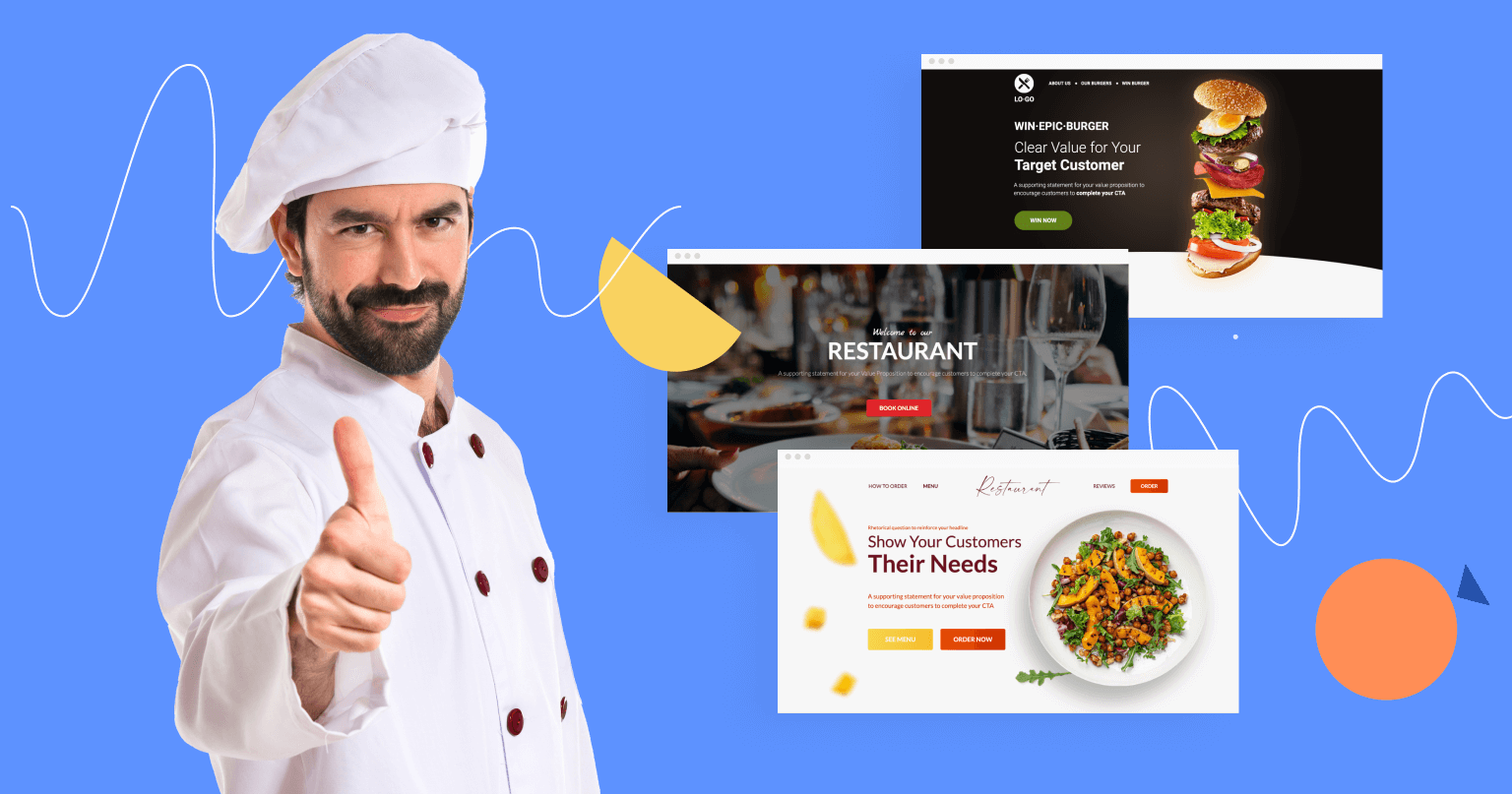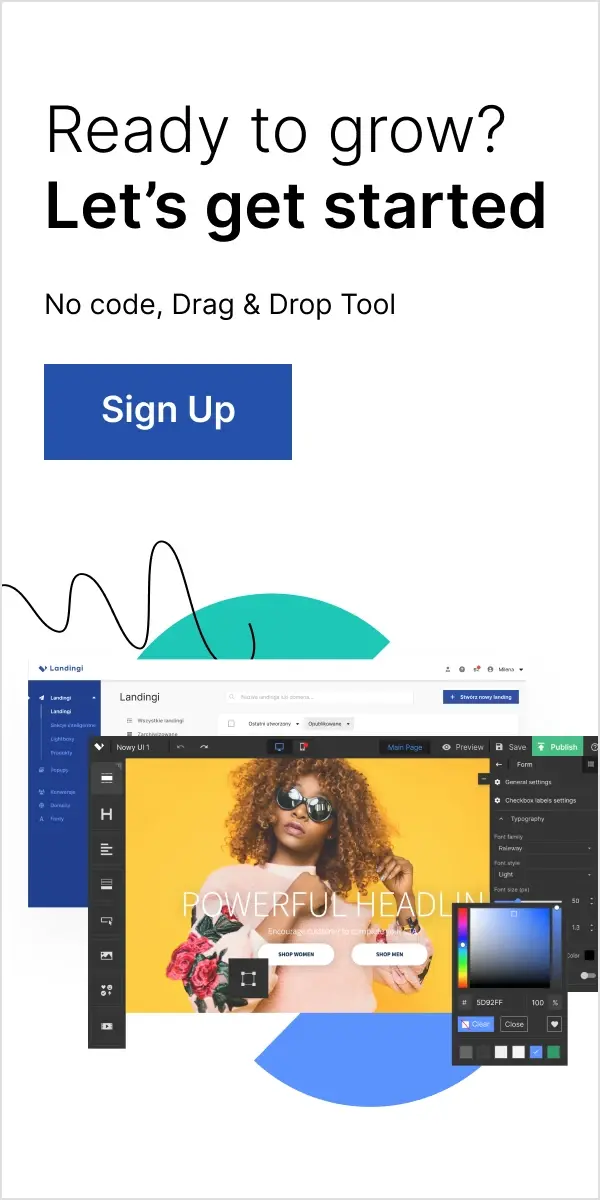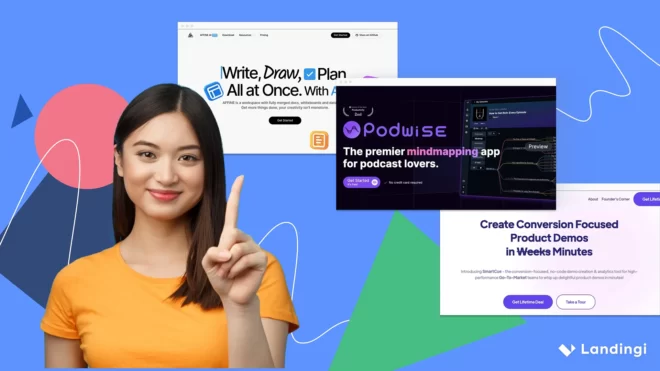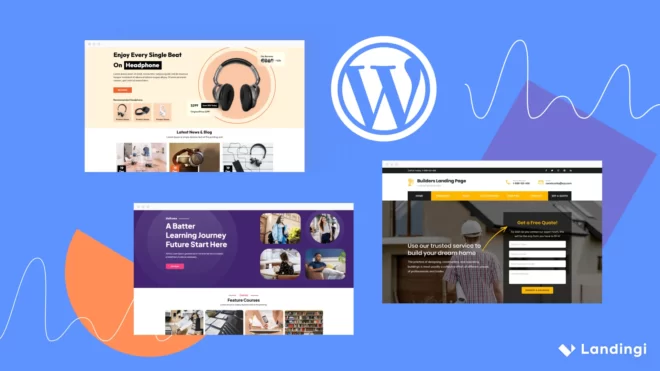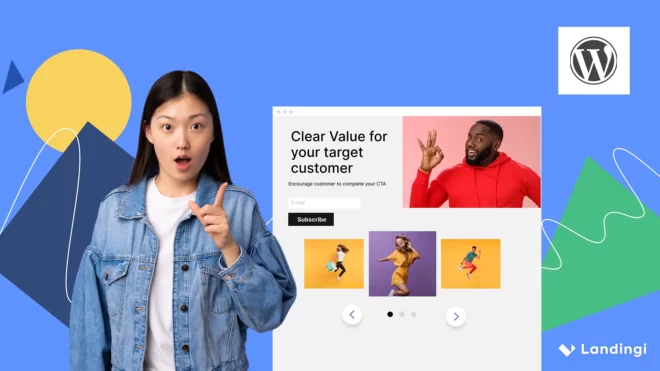A restaurant’s website is its digital identity badge. It often shapes the first impression that potential customers have and might impact their choice of whether to make an order or not. Having said that, let’s look into what it takes to make a restaurant website that tantalizes your visitors.
Why a Good Restaurant Website Matters
A well-crafted website does more than just list the menu and operating hours. It narrates the story of your restaurant, mirrors the ambiance, and gives potential customers a taste of what they can expect. It’s a potent marketing tool that can draw new customers and keep regulars coming back for more.
Make your sections smartable and let go of mundane manual tasks with Smart Sections! An easy way to manage bulk changes.
Essential Elements of a Restaurant Website
Menu and Pricing
An online menu is more than a list of dishes and prices. It’s a sneak peek into your culinary world. Keep menu design accessible, easy to read, and current. Customers appreciate knowing what’s on offer and how much they’ll need to budget for a meal.
High-Quality Photos
A picture is worth a thousand words, and nowhere is this truer than in the food industry. Appetizing photos can make mouths water and stomachs rumble. So, invest in professional food photography or learn some food styling tricks to make your dishes look as good as they taste. It is worthy to consider using video content in your content strategy. Imagine a video with juicy and appetitive food pics, designed via professional video maker, merged with cool animations, it is really engaging.
Contact Information and Location
Customers need to know where you are and how to reach you. So, don’t hide your contact information in a corner. Place it where it’s easy to find, and consider adding a map or directions to help customers find their way to your door. When you use UCaaS (Unified Communications as a Service), customers can reach out to you using various methods such as phone, video calls, live chat and others.
Learn here how to add a Google map to your website with Landingi creator.
Online Reservation System
The convenience of online reservations isn’t just a nice-to-have feature; it’s becoming the norm. Choose a system that’s easy for your customers to use and easy for your staff to manage.
Check how to integrate Calendly feature to your landing page with Landingi.
Design Tips for a Mouth-Watering Restaurant Website
Tip 1: Keep it Simple
A cluttered website can be off-putting. Focus on what’s essential and keep the design clean and intuitive. This enhances the user experience and keeps visitors on your site longer. A simple design also makes it easier for visitors to find the information they’re looking for, whether it’s your menu, location, or reservation system. If you want to hire professionals who can take care of your website, it’s also a good idea to learn more about the website development cost to see whether this service fits your budget. At the same time, you can design eye-catching visual elements for your site with the help of powerful procreate brushes.
Tip 2: Use Appetizing Color Schemes
Colors can evoke emotions and influence perceptions. Choose a color scheme that complements your food photos and aligns with your restaurant’s vibe.
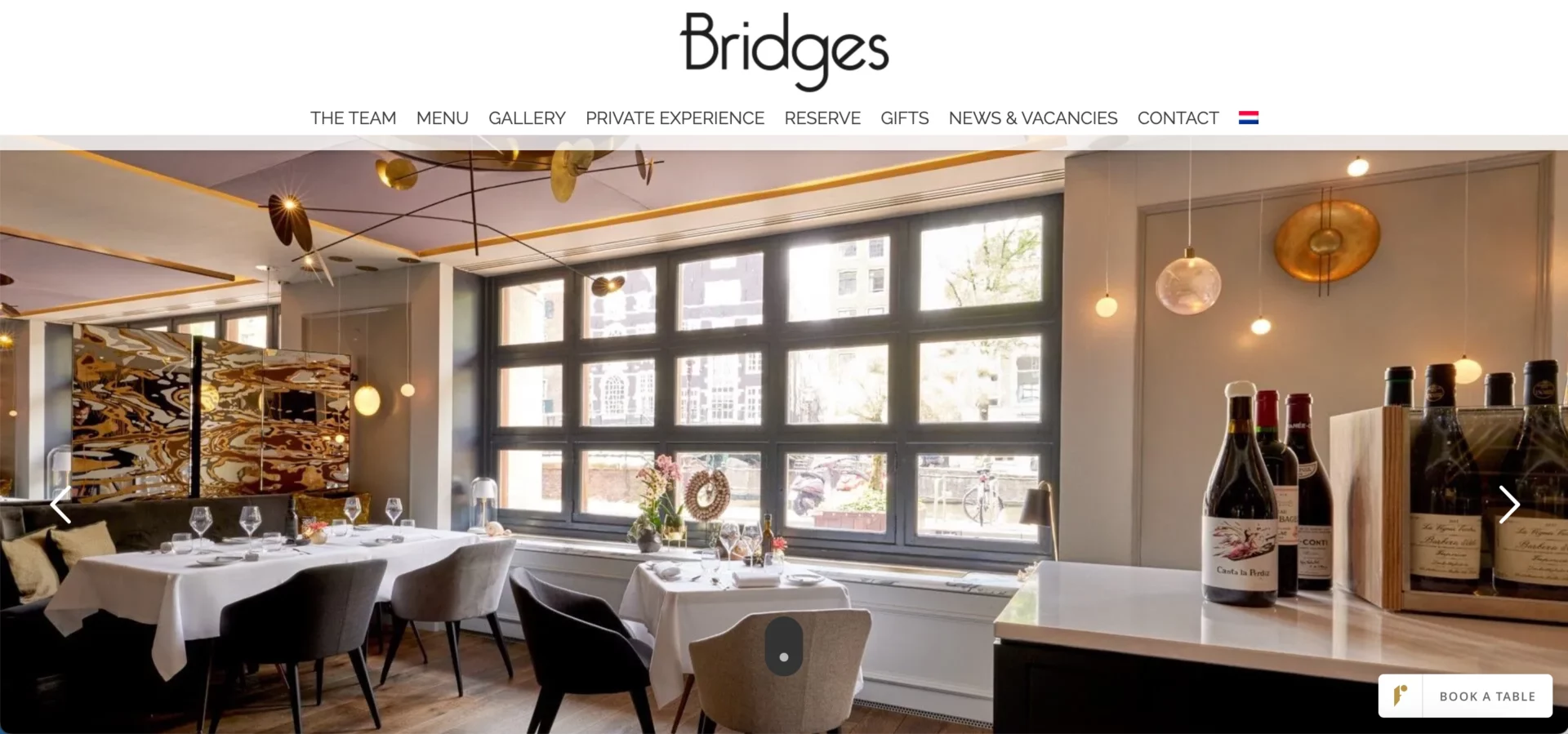
Warm colors can stimulate appetite, while cool colors can create a relaxed atmosphere. The right color scheme can set the mood for your website and make your food photos pop.
Tip 3: Make it Mobile-Friendly
With more people browsing and booking on their phones, a mobile-optimized site is a must. A website that looks good and functions well on mobile devices can attract more customers. It also provides a better user experience, as customers can easily navigate your site, view your menu, and make reservations on their phones.
Tip 4: Fast Loading Times
Nobody likes to wait, especially hungry customers. A slow-loading site can frustrate visitors and drive them away. So, optimize your images, streamline your code, and consider using a content delivery network to speed things up. A fast-loading site not only improves user experience but also helps improve your search engine rankings.
Tip 5: Include Social Media Links
Social media is a powerful tool for building your online presence and engaging with your customers. Integrate your social media platforms into your website to create a cohesive online experience.
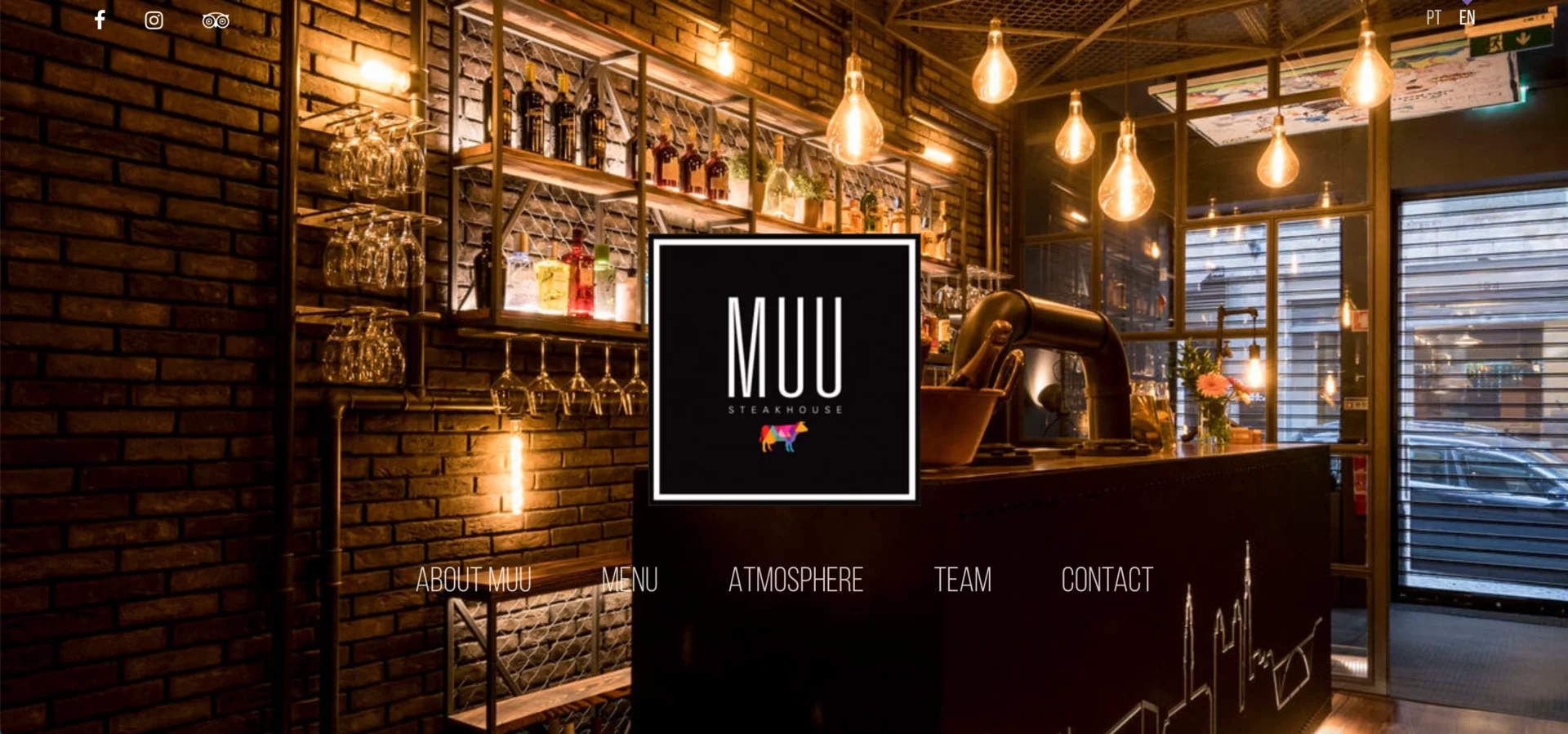
This allows customers to easily follow you on social media and share your content, helping to increase your reach and visibility.
Don’t keep these profiles empty either. Use a content calendar template to keep an eye on your publications.
It’s should also go in reverse: communicate your restaurant’s website (or a landing page) on your social media profiles to spread up your audience (check out here how to make it effectively with OG image in Landingi creator).
Tip 6: Use Professional Fonts
Fonts can impact readability and set the tone for your site. Choose fonts that are easy to read and reflect your restaurant’s style. Remember, consistency is key, so stick with one or two fonts throughout your site. The right fonts can enhance your site’s design and make it easier for visitors to read and understand your content.
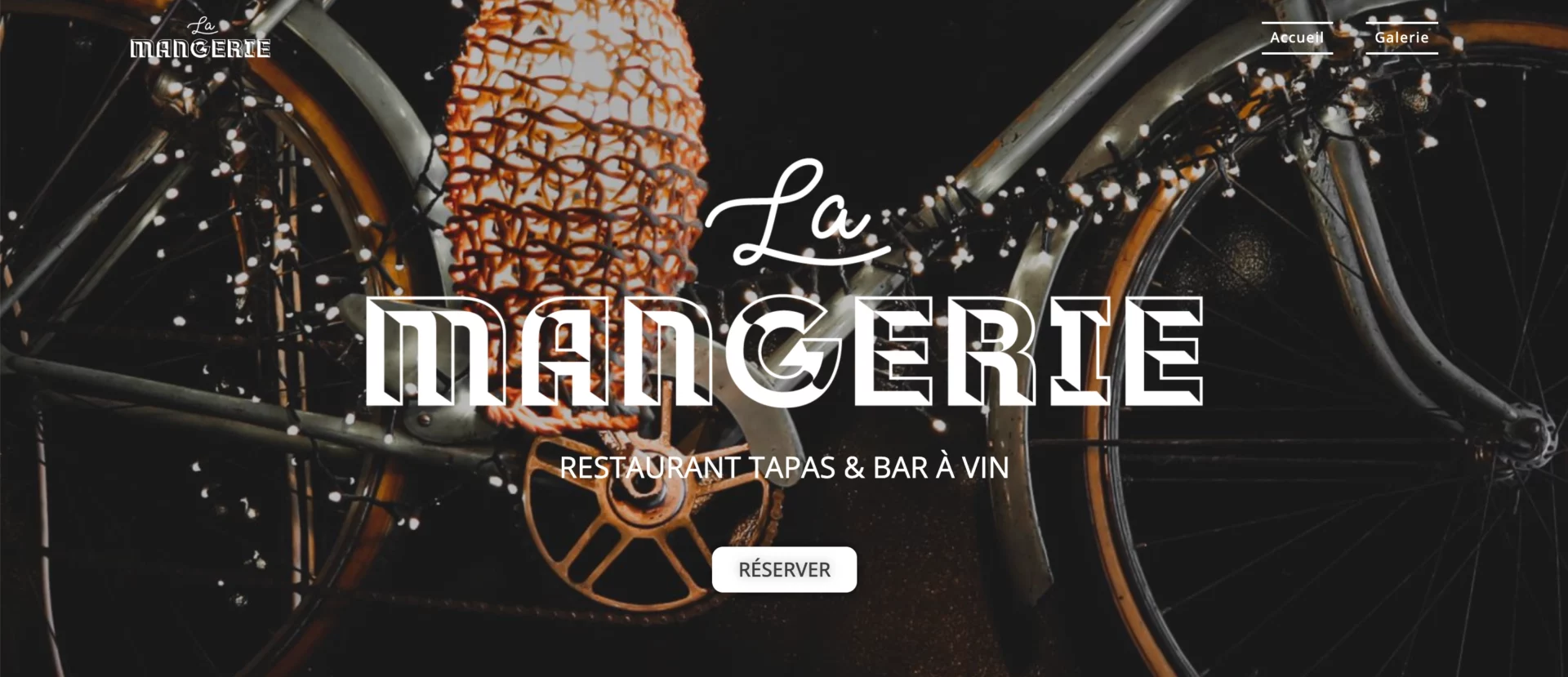
Tip 7: Highlight Specials and Promotions
Got a happy hour deal or a special holiday menu? Or maybe you are arranging an event? Your website is the perfect place to promote it.
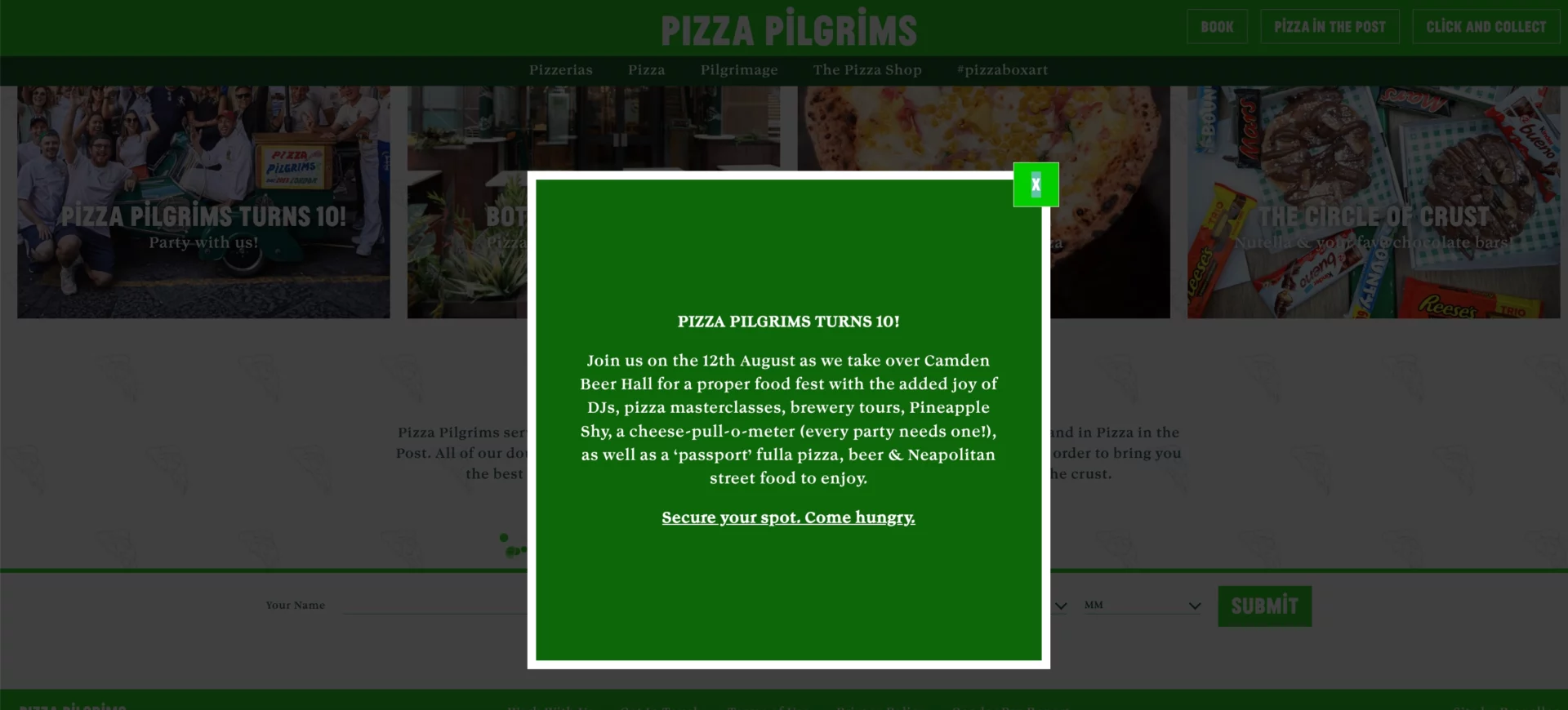
Just remember to update your promotions (event invitations, etc.) regularly to keep your content fresh and relevant. Promotions can attract more customers and give them a reason to keep coming back to your site.
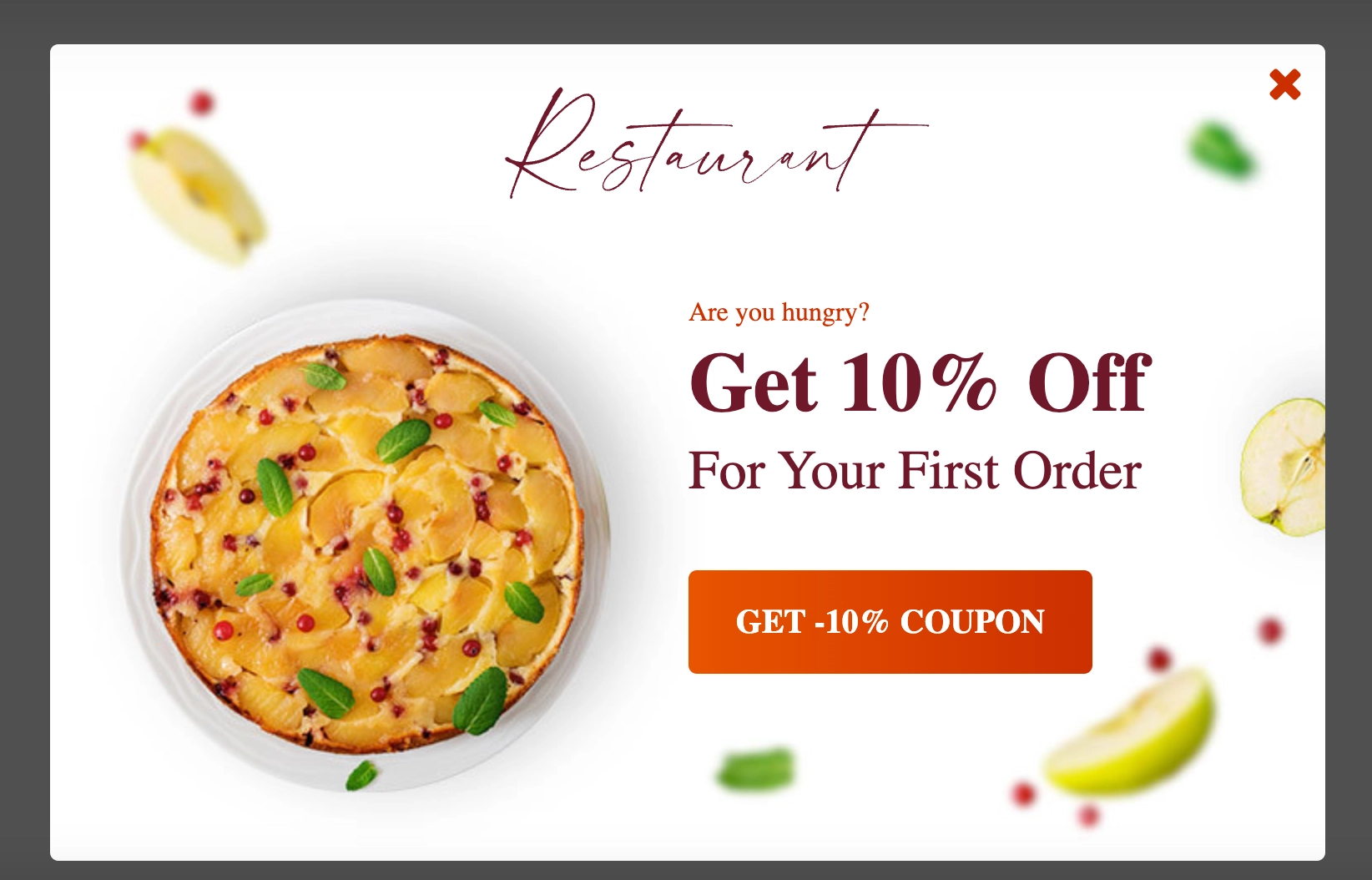
Tip 8: Include Customer Reviews
Reviews can build trust and influence decisions. Showcase your positive reviews to give potential customers a taste of what they can expect. Don’t shy away from negative reviews, either. They can provide valuable feedback and show that you’re committed to improving your customer experience. Reviews can also improve your SEO and help your site appear in local search results.
Tip 9: Use SEO Techniques
SEO isn’t just for big corporations. It can help your restaurant appear in local search results and attract more customers. So, do some keyword research, optimize your meta tags, and create SEO-friendly content. SEO can increase your website’s visibility and help attract more local customers.
Tip 10: Include a Blog Section
A blog can engage your customers and give them a behind-the-scenes look at your restaurant. Share stories about your suppliers, post recipes, or introduce your staff. It’s a great way to build a connection with your customers and keep them coming back for more.
A blog can also improve your SEO and help your site rank higher in search results.
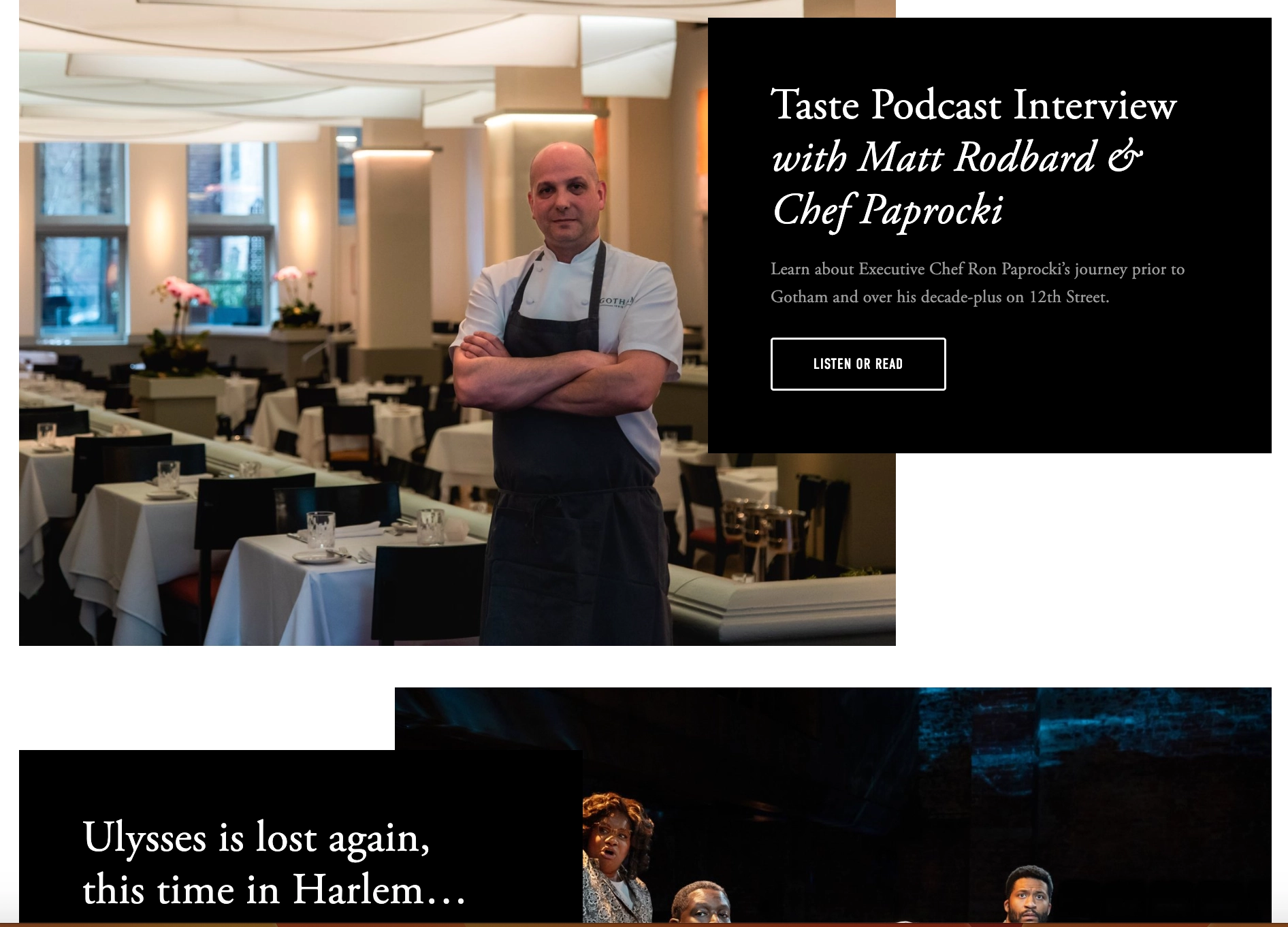
Tip 11: Update Your Website Regularly
A stale website won’t do your restaurant any favors. Keep your content fresh with regular updates. This could be new menu items, upcoming events, or blog posts about behind-the-scenes happenings at your restaurant. Regular updates can keep customers engaged and interested in your restaurant.
Get 111 Landing Page Examples—The Ultimate Guide for FREE
Conclusion
Creating a mouth-watering restaurant website takes time and effort, but the payoff can be substantial. With the right elements and design, your website can attract more customers, boost your online presence, and give your restaurant the competitive edge it needs in today’s digital world.
FAQs
What are the key elements of a good restaurant website?
The key elements of a good restaurant website include an accessible and up-to-date menu, high-quality photos, easy-to-find contact information and location, and an easy-to-use online reservation system.
How can I make my restaurant website more appealing?
You can make your restaurant website more appealing by keeping the design simple and intuitive, using appetizing color schemes, optimizing it for mobile use, ensuring fast loading times, integrating social media, using professional fonts, highlighting specials and promotions, showcasing customer reviews, and keeping your content fresh with regular updates.
What color schemes work best for restaurant websites?
The best color schemes for restaurant websites are those that complement your food photos and align with your restaurant’s vibe. Warm colors can stimulate appetite, while cool colors can create a relaxed atmosphere.
How can I optimize my restaurant website for mobile users?
You can optimize your restaurant website for mobile users by ensuring that your site looks good and functions well on mobile devices. This includes making sure that your menu is easy to read on a small screen, that your reservation system works smoothly on mobile, and that your site loads quickly on mobile networks.
Why is it important to include customer reviews on my restaurant website?
Including customer reviews on your restaurant website can build trust and influence potential customers’ decisions. Reviews provide a glimpse of what customers can expect from your restaurant and show that you value customer feedback.

